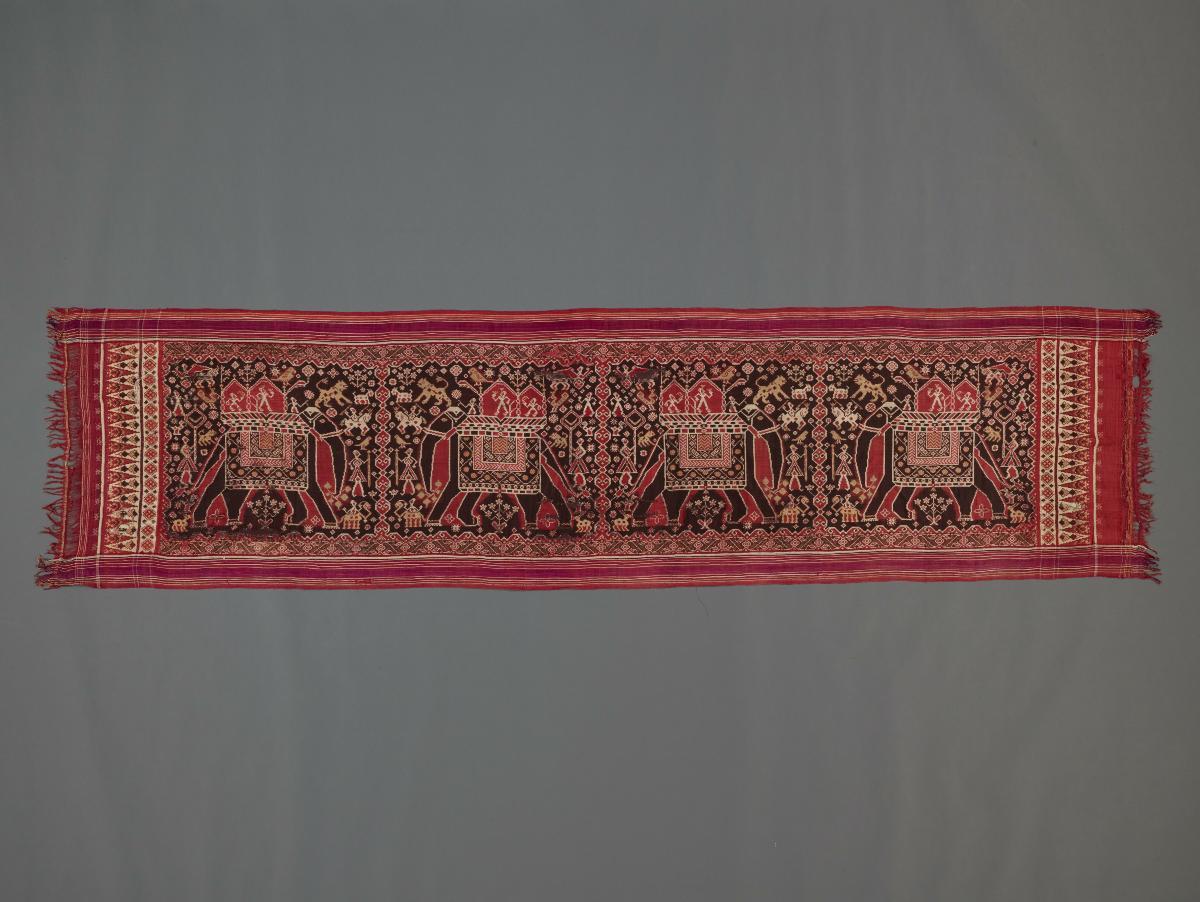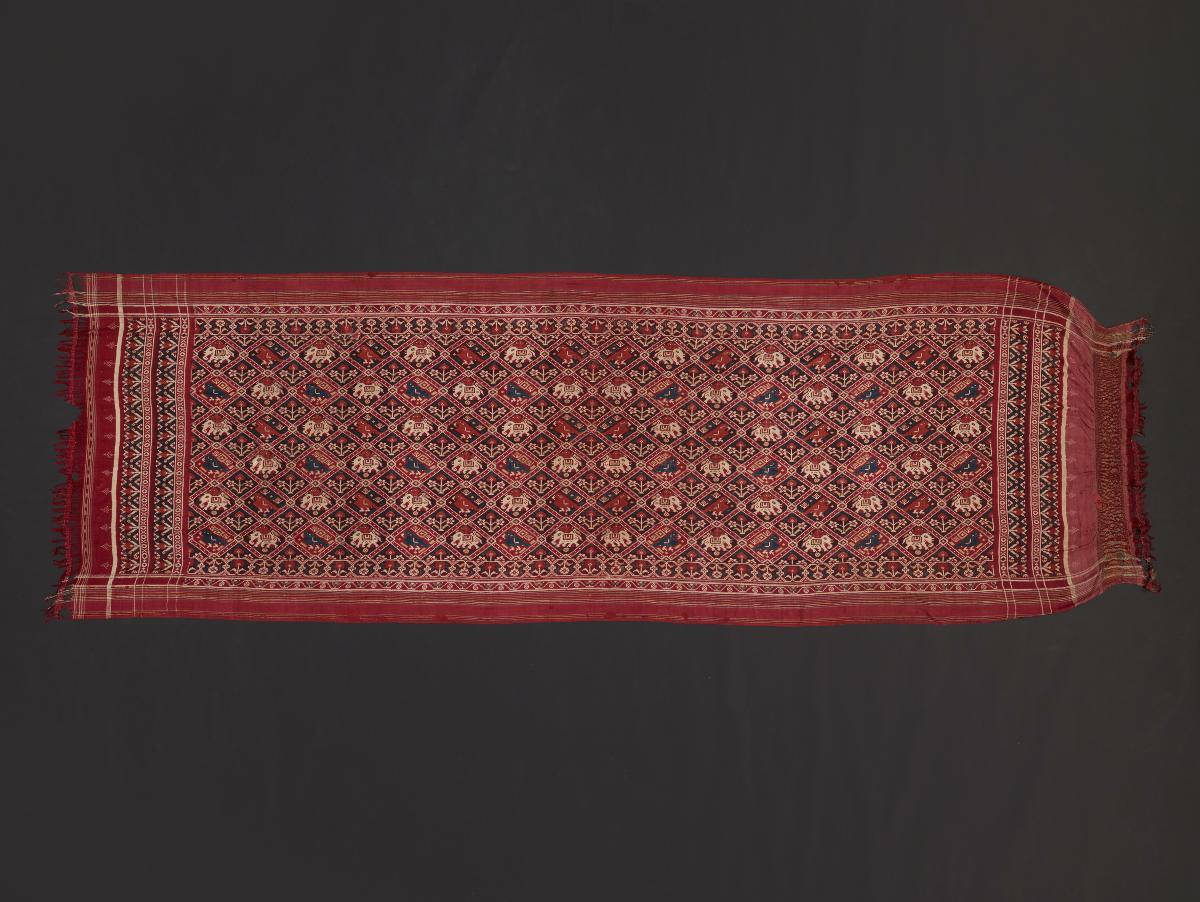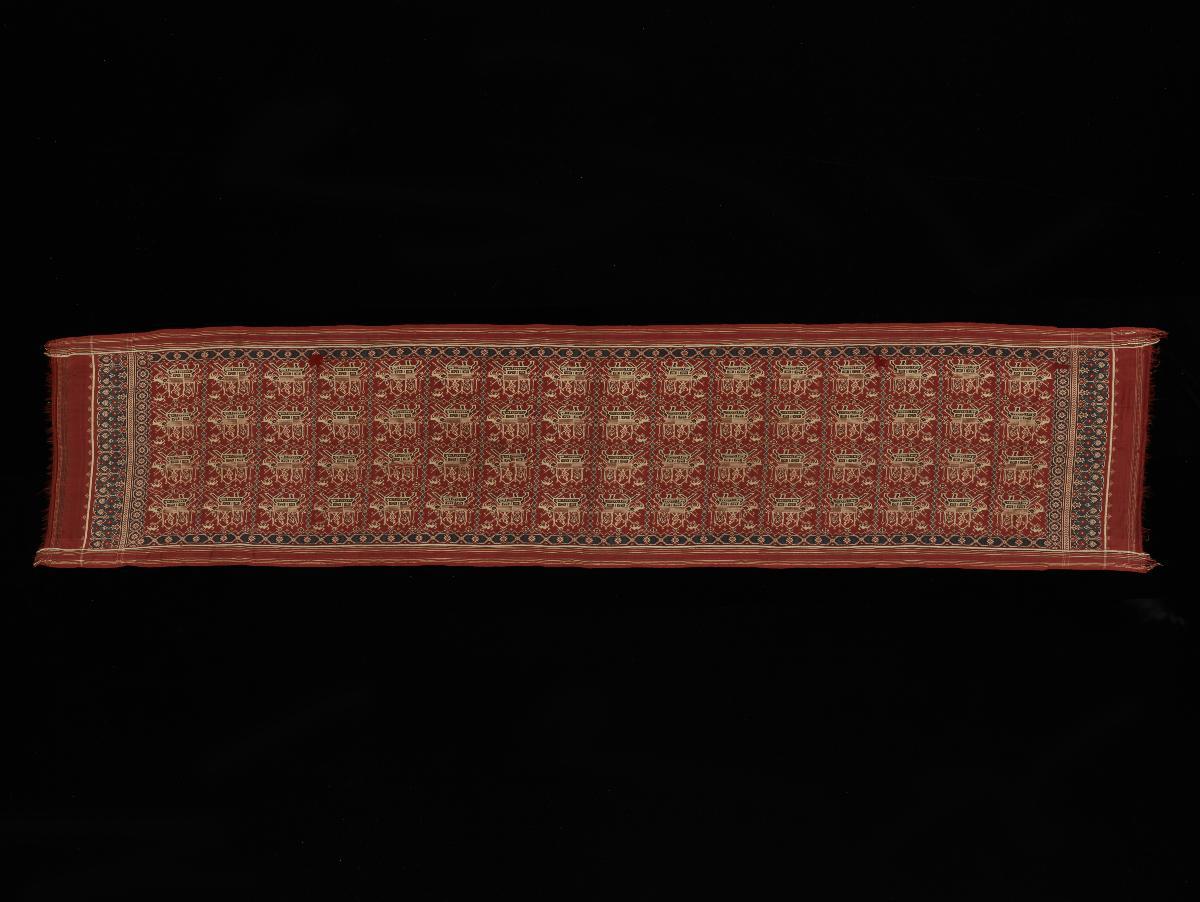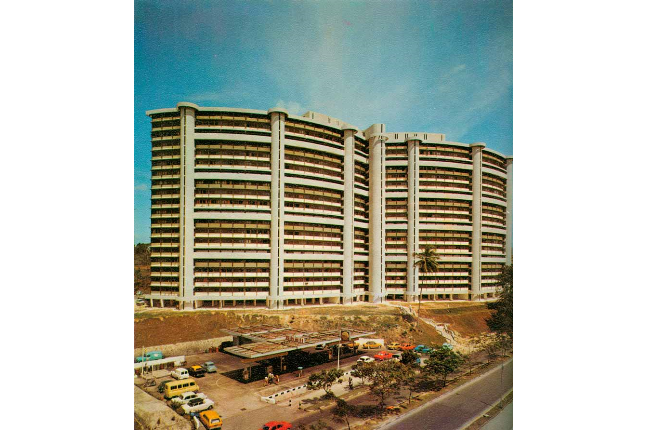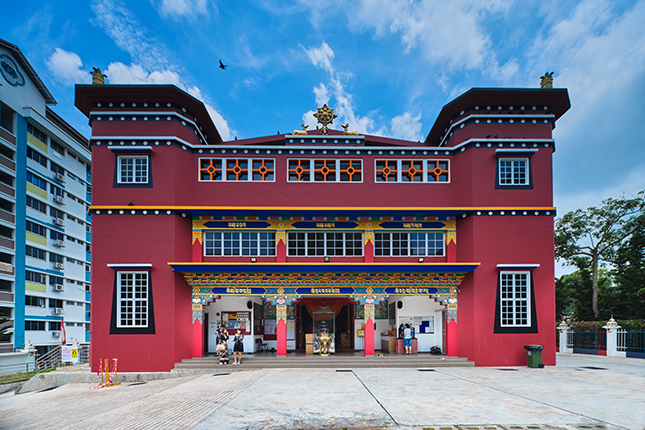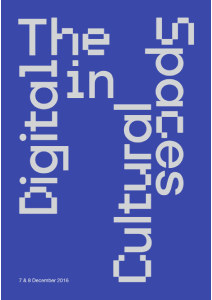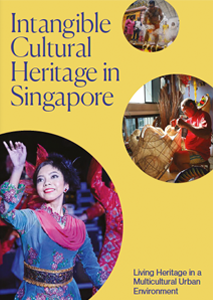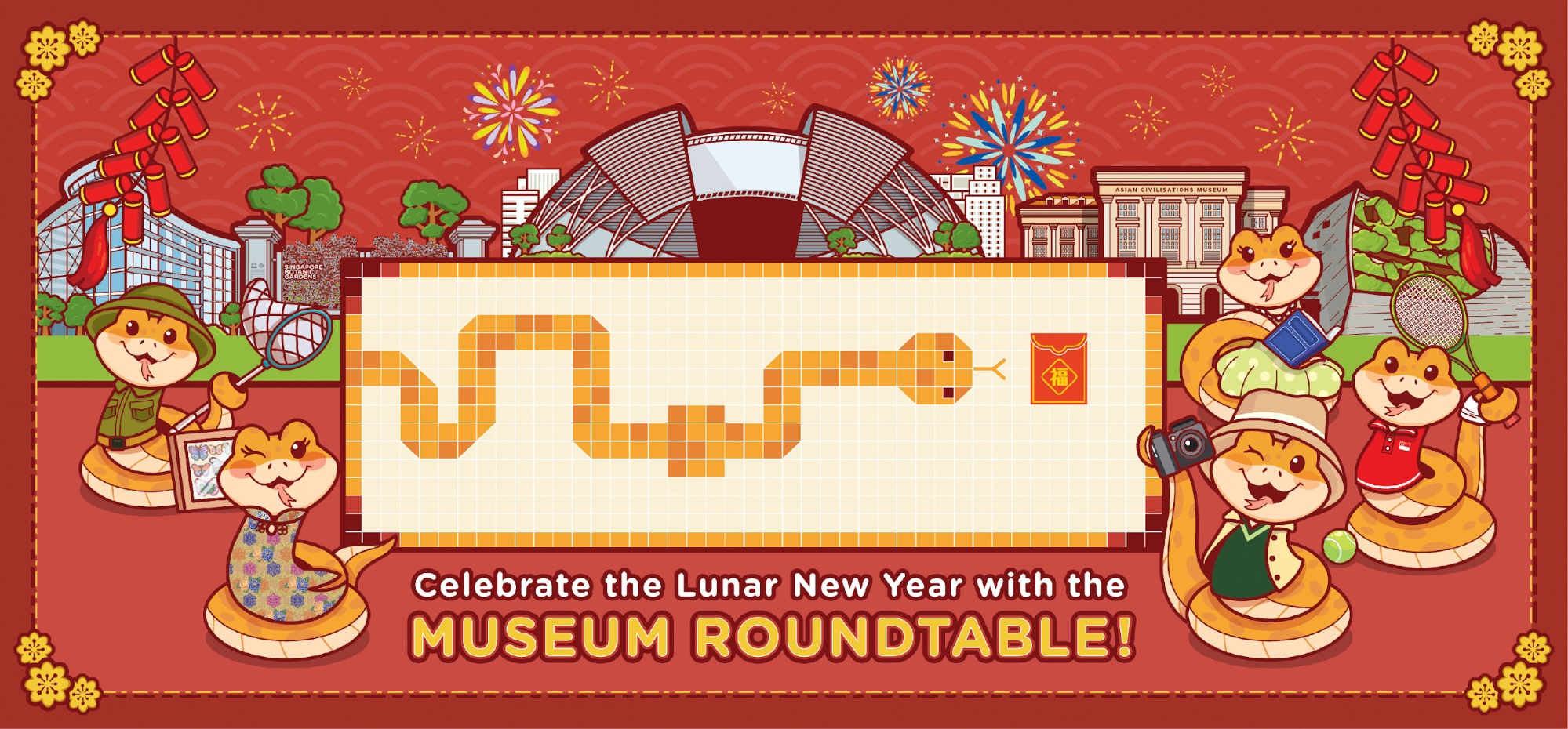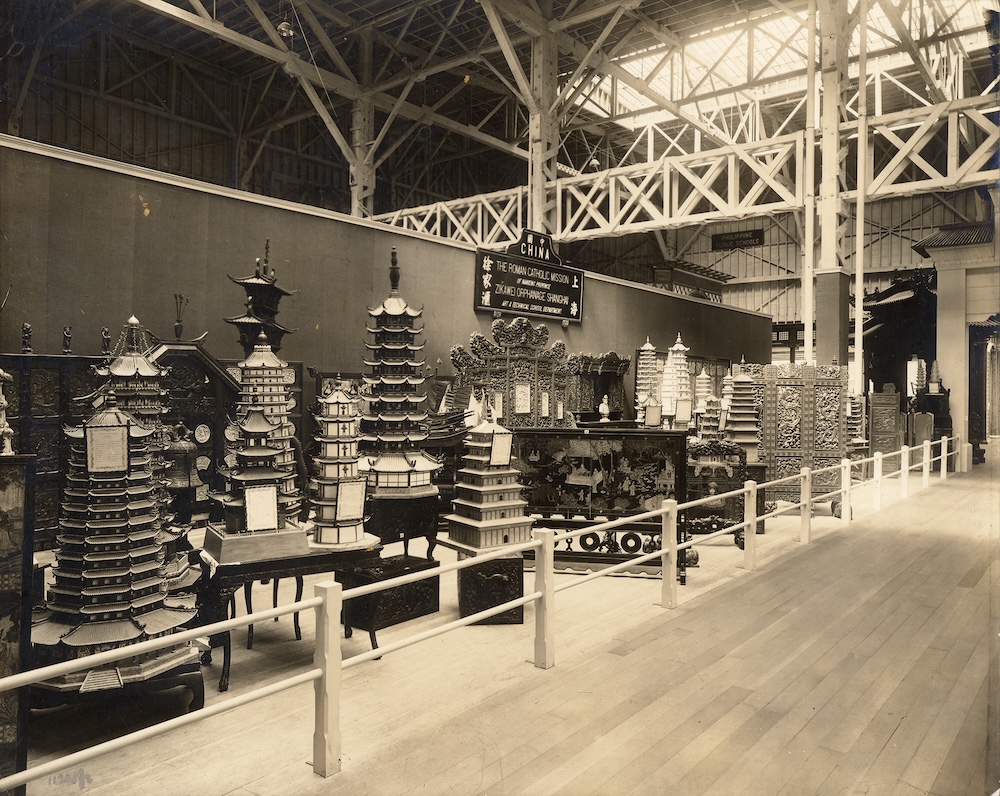This piece is an Indian trade textile made for the Indonesian market. The textile features a pattern with two pairs of large elephants in full livery on a red and black ground. Each elephant carries two figures in a howdah, a sort of litter on the elephant’s back. Horse riders, fan bearers, charioteers and foot soldier surround each elephant, suggesting the scene depicts a hunt. Ikat, which literally means ‘to tie’ describes a dyeing process in which threads are first tied using resist strips such as palm leaf or other similar material. These resists prevent the dye from colouring reserved areas of the threads. In the double ikat process, both warp (vertical) and weft (horizontal) threads are tied and dyed in this manner. This process is extremely difficult as both sets of threads must be very carefully prepared and then woven to ensure that the dyed patterns align properly to form a pattern.




